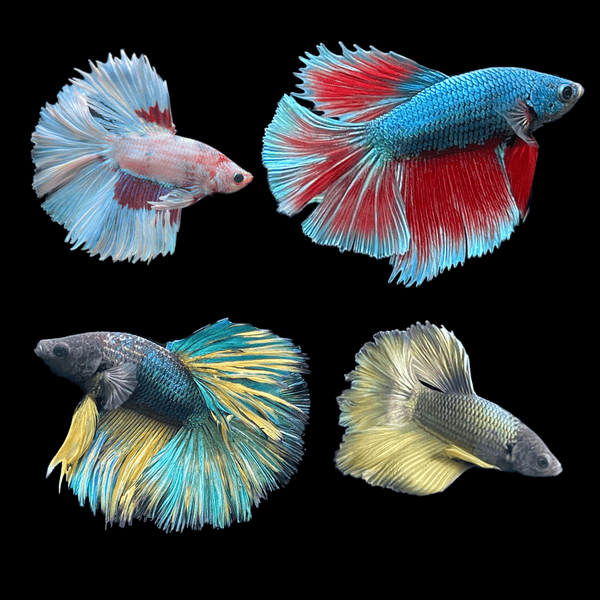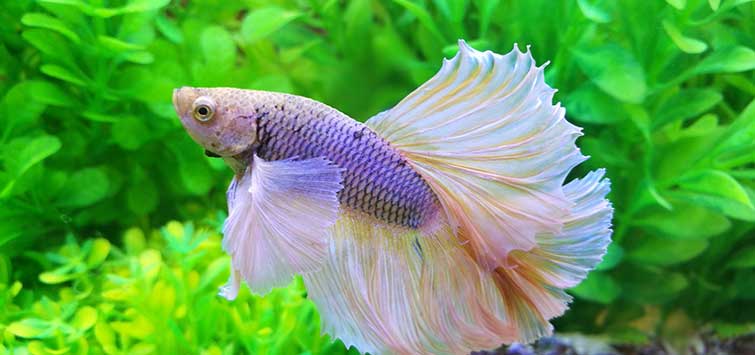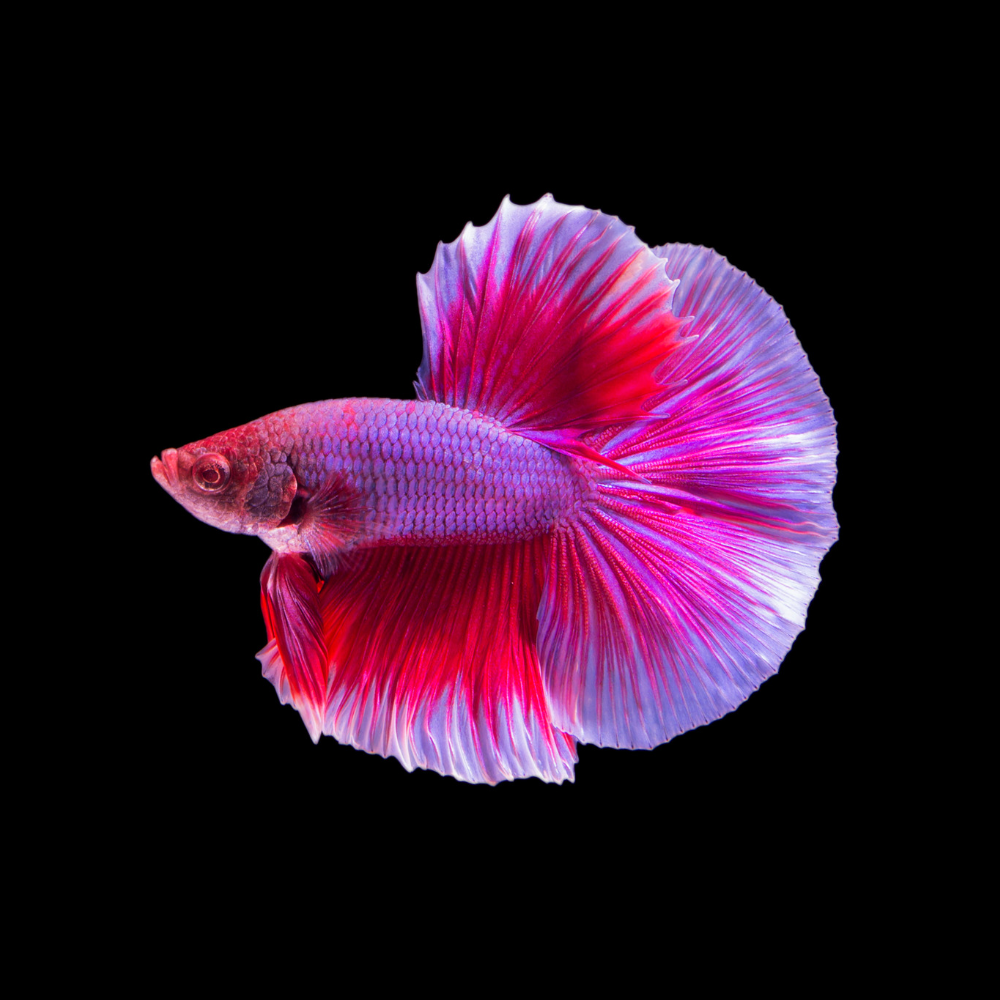Betta Fish Tank Configuration: A Step-by-Step Overview for Beginners
Betta Fish Tank Configuration: A Step-by-Step Overview for Beginners
Blog Article
Reproducing Betta Fish: a Comprehensive Step-By-Step Guide to Efficiently Raising Baby Bettas From Eggs to Their Adult Years
Breeding Betta fish is a precise venture that requires careful planning and execution to make certain the effective development of fry from eggs to grow fish. Choosing genetically varied reproduction couple with preferable features is only the start; creating an ideal environment and comprehending the intricacies of the breeding process are just as essential. As the male Betta faithfully constructs a bubble nest and guards the priceless eggs, the succeeding phases of care and shift need attention to detail and expertise of ideal techniques. Just how does one browse the difficult yet rewarding path of nurturing these vivid animals to their adult years?

Selecting Reproduction Pairs
When beginning on the trip of breeding Betta fish, choosing the ideal reproduction sets is important to accomplishing desirable qualities and a healthy family tree - betta fish. The initial action in this process is to determine the particular qualities you desire to boost or protect, such as color, fin kind, and physique. It is vital to pick genetically varied pairs to prevent inbreeding, which can lead to health and wellness issues and undesirable attributes
Review prospective breeding prospects very carefully. A healthy male Betta must exhibit lively shades, an active disposition, and well-formed fins, while the woman should also show lively pigmentation and a rounded stomach, suggesting readiness for spawning. Observing the temperament of both fish is important, as hostile or excessively reluctant people may not breed efficiently.
Maintaining documents of the moms and dad fish's origins can assist you track genetic characteristics and potential concerns. Ultimately, spending time in the option process will considerably enhance the probability of generating strong, vivid children that satisfy your reproduction goals.

Preparing the Reproduction Container
Developing an ideal reproduction atmosphere is a vital action after choosing suitable sets for Betta fish. The breeding tank must be particularly created to give comfort and boost the all-natural reproduction habits of the fish. Beginning with a storage tank dimension of at least 10 gallons to make sure appropriate space for both the male and female Bettas.
Maintain a mild filtration system to maintain the water clean while avoiding solid currents that can emphasize the fish. Furthermore, an air rock can be contributed to offer oxygenation without interrupting the water surface excessive.
Temperature guideline is critical; go for a steady variety of 78-82 ° F(25-28 ° C) using a reputable heating unit. The pH degree need to be preserved in between 6.5 and 7.5, and normal water adjustments are necessary to guarantee high water high quality.
Include floating plants or spawning mops to develop concealing places for the woman, while likewise urging bubble nest structure by the man - betta fish. Ensure the container is complimentary from sharp decorations and any possible dangers, as the welfare of the fish ought to constantly be prioritized throughout this essential stage of reproduction.
The Reproduction Refine
Typically, the breeding process for Betta fish includes a collection of distinct and observable habits that suggest readiness for reproduction. The male Betta starts by developing a bubble nest at the water's surface, which works as a website for the fed eggs. This nest is vital, as it gives a risk-free setting for the eggs up until they hatch.
As soon as the nest is developed, the male will display courtship actions, such as flaring his fins and displaying lively colors to attract the female. The lady, upon picking up the man's preparedness, will react by presenting vertical stripes along find more information her body, signaling her receptiveness.
When the female approaches, the male participates in a breeding dancing, typically resulting in an accept called the "spawning." During this welcome, the woman launches her eggs, which the male fertilizes instantly. The fertilized eggs then are up to the bubble nest, where the male meticulously collects and returns them to the nest. Following this, the male thinks obligation for securing the nest and making certain the safety of the eggs up until they hatch out, generally within 24-36 hours. This stage is important in the breeding process, laying the structure for effective fry development.
Caring for Betta Fry
Caring for Betta fry requires careful attention to their setting and nutrition to make sure healthy development and growth. After hatching out, Betta fry are extremely little and prone, requiring a secure and tidy habitat.
Feeding Betta fry is similarly crucial. They should be provided infusoria or finely smashed premium fry food, as their mouths are too small to handle bigger bits. As they grow, you can slowly present larger foods, such as child brine shrimp or powdered flakes, to ensure they obtain ample nourishment. Feed them tiny quantities several times a day, being careful not to overfeed, which can cause water top quality problems.
Transitioning to Adult Bettas
As Betta fry mature, transitioning them to grown-up Bettas is an important stage that calls for mindful monitoring of their setting and social communications. This procedure usually starts when the fry get to around six weeks old, at which factor they can be progressively presented to a much more organized living atmosphere.
To facilitate this change, it is important to make sure that the water specifications-- such as temperature level, pH, and ammonia levels-- are ideal and stable. Adult Betta fish flourish in cozy water (around 78-80 ° F) with a pH of 6.5 to 7.5. Progressively accommodate the fry to these conditions to decrease stress.
Social interactions are an additional essential aspect; male Bettas are infamously territorial and hostile. It is recommended to different males right into private tanks as they mature. Female Bettas can be housed with each other, but treatment needs to be required to keep track of for signs of aggressiveness.
Additionally, nutritional changes ought to be made as the fry expand. Integrate top quality pellets and live foods to support their growth and health and wellness. By handling these aspects efficiently, you can advertise an effective change to their adult years investigate this site for your Betta fish.

Final Thought
Effective breeding of Betta fish calls for mindful focus to information throughout the entire procedure, from picking genetically varied pairs to offering optimal treatment for fry. Furthermore, a balanced diet find out and steady adjustment to adult environments are crucial for the development and advancement of Betta fish.
Report this page